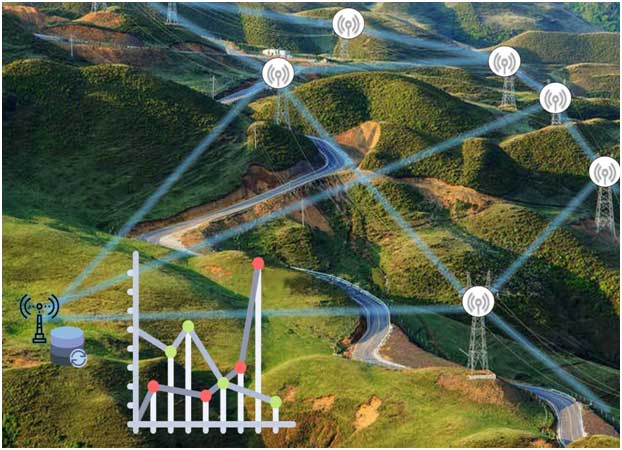 AI is critical to bringing utilities into today’s digital era and establishing a more affordable, reliable, accessible, and sustainable system.
AI is critical to bringing utilities into today’s digital era and establishing a more affordable, reliable, accessible, and sustainable system.
Utilities have one of the hardest, most high-pressure tasks in the world – providing energy at all hours of the day in the most efficient way possible. Powering cities, sustaining hospitals, and connecting businesses are all made possible by your local utility. And despite the critical global role utilities play, innovation has been slow due to the highly complex ecosystem. When thinking about the high-tech industries of today, I would bet utilities are not your go-to example. The truth is, keeping up with innovation while keeping the lights on is a challenge.
When utilities consider the adoption of new technologies, they have to carefully consider their unique regulatory environment and how to balance investments with rate impacts. Investments are under a great deal of scrutiny from regulatory bodies. In most parts of the world, electricity is a necessity – not a luxury – which is why providing reliable service at affordable rates is central to how utilities operate.
Utilities also have a unique profile in terms of operational data. From substations and power lines to generation plants, their assets generate a lot of data, but it requires very specific expertise to consume and leverage insights.
Despite these challenges, there is a significant tide turning – the perspective of the utility executive.
Leaders are seeing the potential technology holds in our energy future, and this mindset shift is paving the way for fundamental change in the industry. And in my opinion, the technology that has a star role in our energy future is artificial intelligence.
The Vision for AI in Energy
Utility leaders recognize that AI is not a passing craze. According to a 2018 survey, 99% of utility executives across the world believe that it will be an everyday part of network planning by 2025.
The government also recognizes the potential. The Department of Energy announced $20 million for AI research to improve existing knowledge and discover new insights and tools for better grid operation and management. One key focus is grid asset management, and for good reason. In a perfect world, the energy we generate at any time would match what’s needed. To get there, energy systems must be predictive, prescriptive, and fully autonomous. That’s an incredibly difficult challenge, but the payoff is huge. According to the World Economic Forum, optimizing the grid to manage real-time supply and demand is worth $191 billion for utilities. The value to society is three times as much ($623 billion). This is derived from cost savings for customers (offering an incentive to postpone consumption during peak hours), lower fuel emissions and jobs created.
Distributed generation, renewables, smart grids, storage, and prosumers are all accelerating the amount of data and the rate of change for the industry. This means that utilities need to refine how they monitor and maintain assets, including tracking equipment failures and preparing for more flexible operation when market demand shifts. While asset performance has been a key part of industrial operations for years, AI is providing the ability to optimize asset life against output and predict issues in advance.
AI will also be an essential tool for helping utilities keep the lights on during extreme weather events. Accurate weather predictions are essential in this equation. AI can leverage archived and real-time data to enable a higher fidelity on where the storm will impact the grid. By predicting damaging events, utilities can reduce outages and improve crew response time and safety.
Because AI will be a critical technology for helping utilities save money, the homes and businesses they serve will also benefit. When technology helps a utility become more efficient, it reduces its environmental footprint and ultimately drives down the cost to the consumer, providing more accessible and affordable energy to additional portions of the population.
What’s Next for AI in Energy
AI is a leading technology for the future of energy. However, despite the growing enthusiasm from utility executives, leaders also need to focus on workforce transformation and cultivating a culture for successful collaboration between its human and AI counterparts. While some fear this could uproot jobs in the utility industry, the adoption of AI is actually up-leveling the skillset of all workers. Utilities need to integrate AI into their strategic planning and long-term business plans, understanding the opportunities that come with it to successfully reshape their company culture, minimize risk, and gain the most value from the technology. Leaving AI out of future plans could leave companies using 35% more resources for the same work.
AI is critical to bringing utilities into today’s digital era and establishing a more affordable, reliable, accessible, and sustainable system. The energy industry will change more in the next 10 years than it has in the previous 100. We have work to do. AI can and will help orchestrate the world’s energy, but only if we plan ahead and have the right technology leaders on the frontlines.
